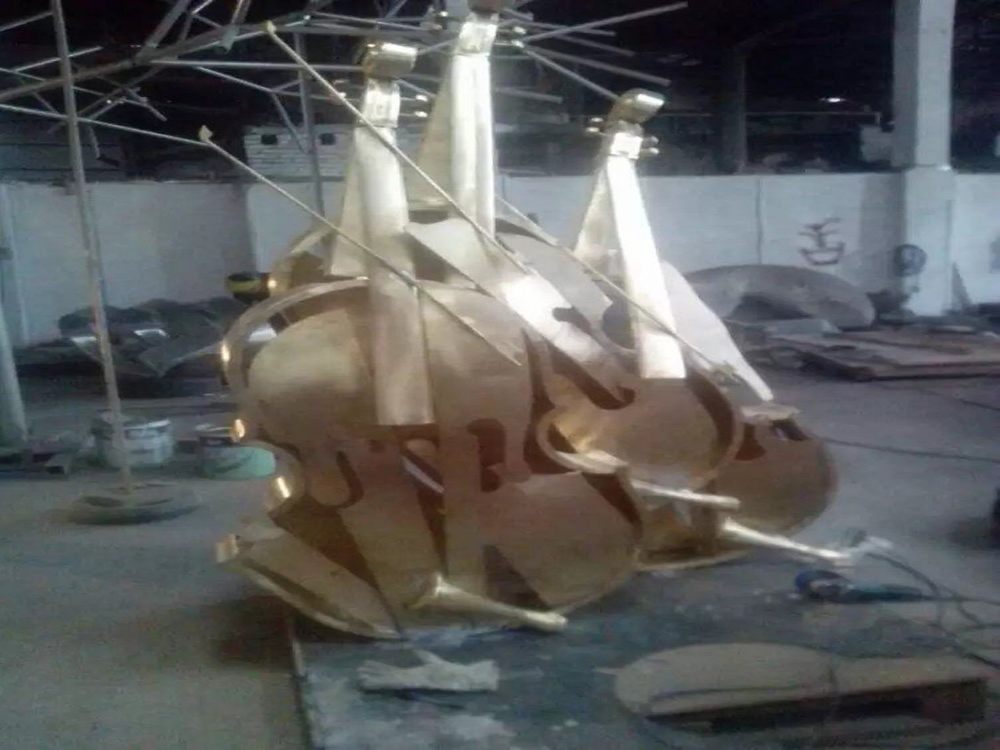
Stone sculptures in indoor galleries undergo a fascinating transformation when exposed to natural light. The interplay between light and stone reveals intricate textures, subtle shadows, and dynamic contrasts that elevate the viewer's experience. Natural light, whether diffused through skylights or streaming from windows, interacts with the sculpture's surface, emphasizing its three-dimensionality and craftsmanship.
The direction and intensity of light can dramatically alter a sculpture's appearance. Soft morning light may highlight delicate carvings, while harsh afternoon beams might accentuate bold forms and rough edges. Overcast days create a uniform glow, allowing for a balanced appreciation of details. Curators often position sculptures to maximize these effects, ensuring the artwork evolves visually throughout the day.
Moreover, natural light enhances the stone's inherent qualities—marble glows translucently, granite reflects rugged strength, and limestone absorbs light softly. This interaction not only showcases the artist's skill but also connects the sculpture to its environment, creating a dialogue between art and nature. By harnessing natural light, galleries breathe life into stone, making each viewing unique.

